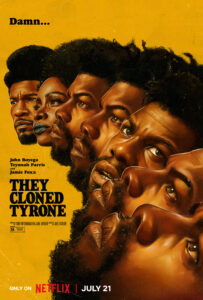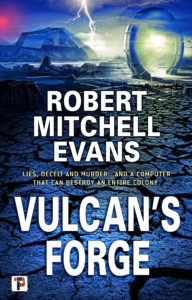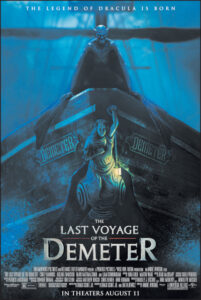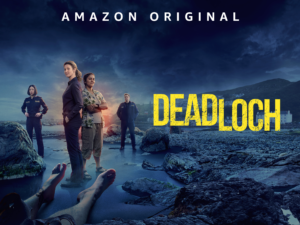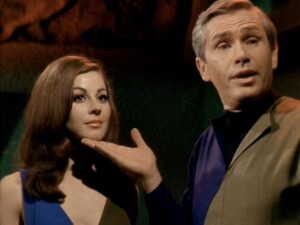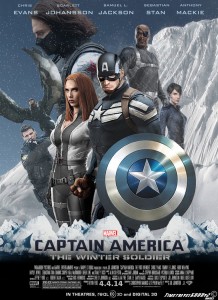.
This is coming off the top of my head, but I think there are some useful analogies to be found here.
Fascist Italy: This is the Old Guard Republican Establishment. With the ‘Southern Strategy’ and playing directly to disaffected racist voters they built the new Fascism believing that the dominate position would always be theirs, dreaming of a great Empire that would never materialize. Now they find themselves the powerless junior partner, locked out of their own systems and suffering at the system that they created.
Nazi Germany: This is Trump and his death-cultist, poisoned by the Flavor-Aide and devoted to the one man, the one leader, that is leading them to destruction. Trump seized the machine built by the Establishment and made it serve himself and only himself. Trump and his cult are the driving force of the conflict and they will never stop believing their own deluded lies and myths.
Austria: Remember that Austria was an independent Republic that was ‘annexed’ by Nazi Germany, well these are the Evangelicals. They share a language and a culture with the Trumpists at their side but had until the death-cult ‘annexed’ remained their own force in Conservative American Politics. However, after enthusiastically welcoming the new strong man across their borders they have lost all that independence. Look to that new survey that reports more Republicans trust Trump to tell them the truth than their own pastors. They are now indistinguishable from the Trumpists.
Romania and the minor Axis Powers: These are the wealthy seeking their tax cuts, the businesses looking to escape any and every regulation that impedes even a single penny to their coffers, and the gun-right enthusiasts. They have signed the Axis pact; they have supplied the men and material for the invasions and conquest but now see that they have lashed themselves to a foundering ship. They desperately want to be saved from the consequences of their own actions but are wholly occupied by the death-cult and there is no escape. Their fate, deservedly so, is tied to the cult’s.
Finland: These are the ‘Anti-anti-Trumps’. For these there is no greater enemy than ‘liberals.’ And like Finland they’ll give resources and co-ordinate attacks against the shared ‘enemy’ with the Trumpists all while tutting the co-belligerents war crimes, genocide, and racism. I also suspect that they will also flip the moment their own survival is imperiled turning on those that had just moments before been defending.

